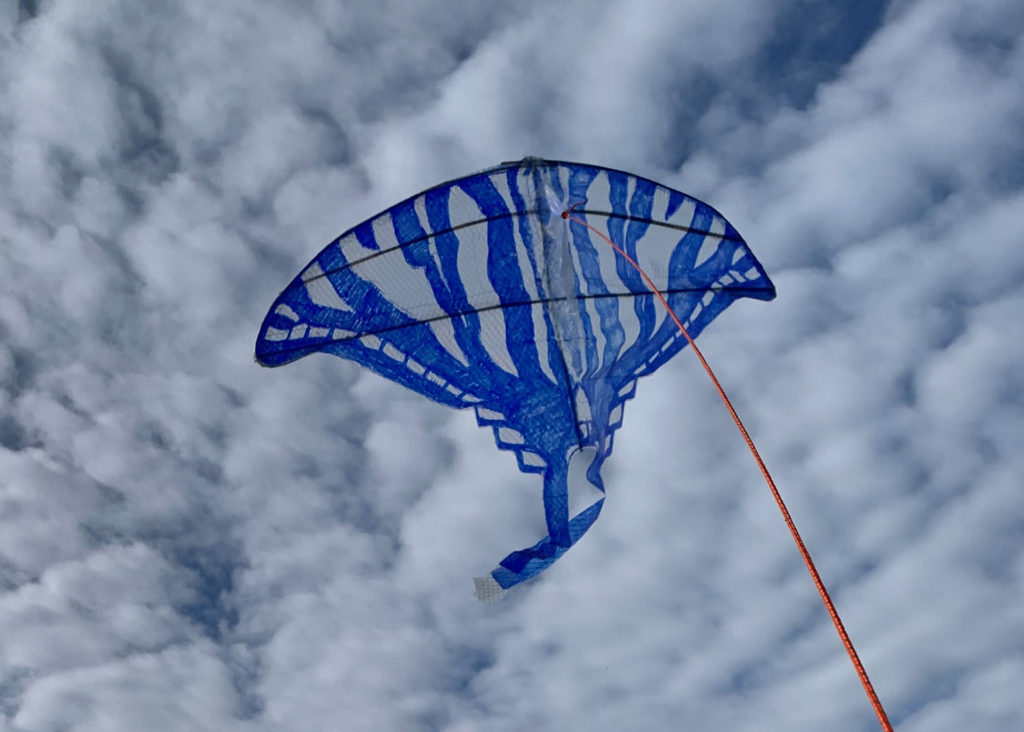Let’s talk about the design cycle for a minute. Deming used a “Plan–Do–Check–Act” process in Continuous Improvement. It’s a very simple design cycle and can be adapted for almost anything.
- PLAN – this is where you define your project requirements, available or required resources, and how you’re going to solve the problem. You list any assumptions and describe the desired outcomes or success criteria. Sometimes you’ll need to make some calculations–document those as part of your planning. Sketches done with paper and pencil can be just as effective as more complicated plans using computer programs. Use the tools you’re comfortable with. Adapt as you need to.
- DO – this is the make it / implementation phase. If your project is a physical product, you may run into unexpected challenges if you didn’t take “manufacturing” or construction issues into consideration when planning.
- CHECK – Congratulations! You’ve made your first product. Did it perform as you expected? Did it meet your user’s needs? Did you make efficient use of resources? Is there something that could be improved on? This is where you revisit your plan and see if you would want to do something differently to make it better.
- ACT – this is where you implement your next round of improvements.
If you nailed the design and implementation in the first round, you may not need modifications for the second pass. But most of the time, you’ll find ways to improve the process or the design.
This sounds pretty abstract. Take a look at my zebra swallowtail kite for an example. My first cut at a kite design didn’t fly well, but it was a starting point.

Checking some simple kite design instructions, I figured out that I needed a stronger cross-support, and my line wasn’t attached to the kite’s center of pressure.
The cross-support was easy–I brought a spare piece of bamboo and taped it in place higher up on the kite from the first brace.
Center of pressure is hard to determine, but it’s easy to change the attachment point and see what works better. I knew I needed to move it higher on the kite. I did a couple iterations until I was happy with the result.
The good news–these were modifications I was able to make in the field pretty quickly (I came prepared)!
What kinds of things do you like to design? Let me know!
Cheers!
MK Tufft





